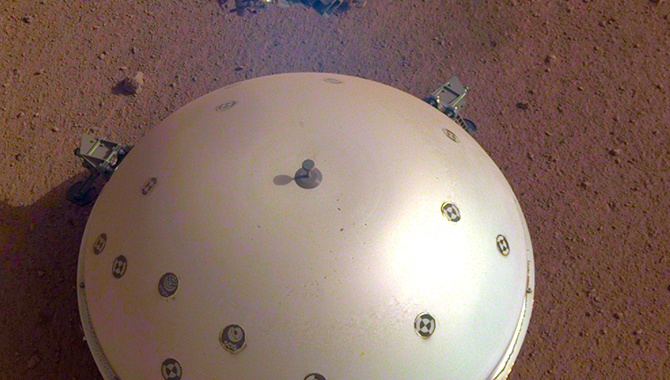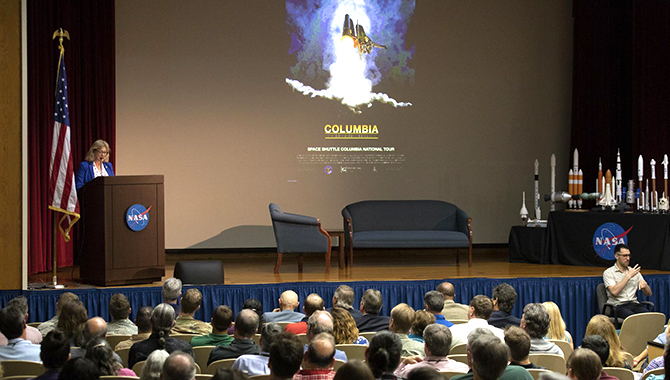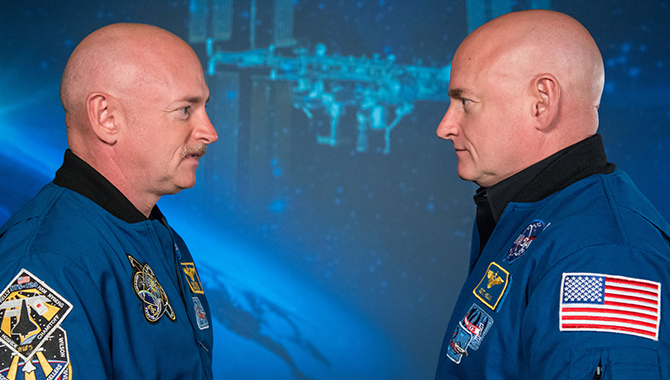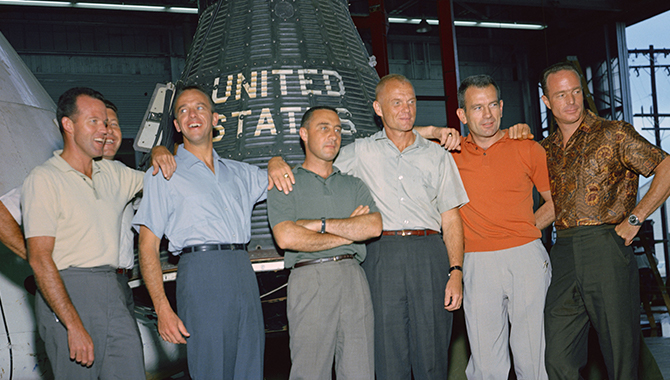
With alarms sounding and fuel running low, Armstrong and Aldrin become the first humans on the Moon.

With alarms sounding and fuel running low, Armstrong and Aldrin become the first humans on the Moon.

Missions have dramatic potential implications for deep space exploration.

Meeting in 1962 settles key question in race to land on the Moon.

Eleven companies will work on aspects of reusable system to shuttle astronauts to and from the Moon.

President addressed Congress 58 years ago this month, revealing a bold vision for expansion of U.S. space program.

Team excited by discovery that suggests rocky planet is still seismically active.

Display of artifacts, APPEL course, townhalls planned for NASA centers.

Twins Study Provides Fascinating Insight into the Effects of Spaceflight on the Human Body.

Seven selected for Project Mercury went on to blaze bold paths in space exploration.